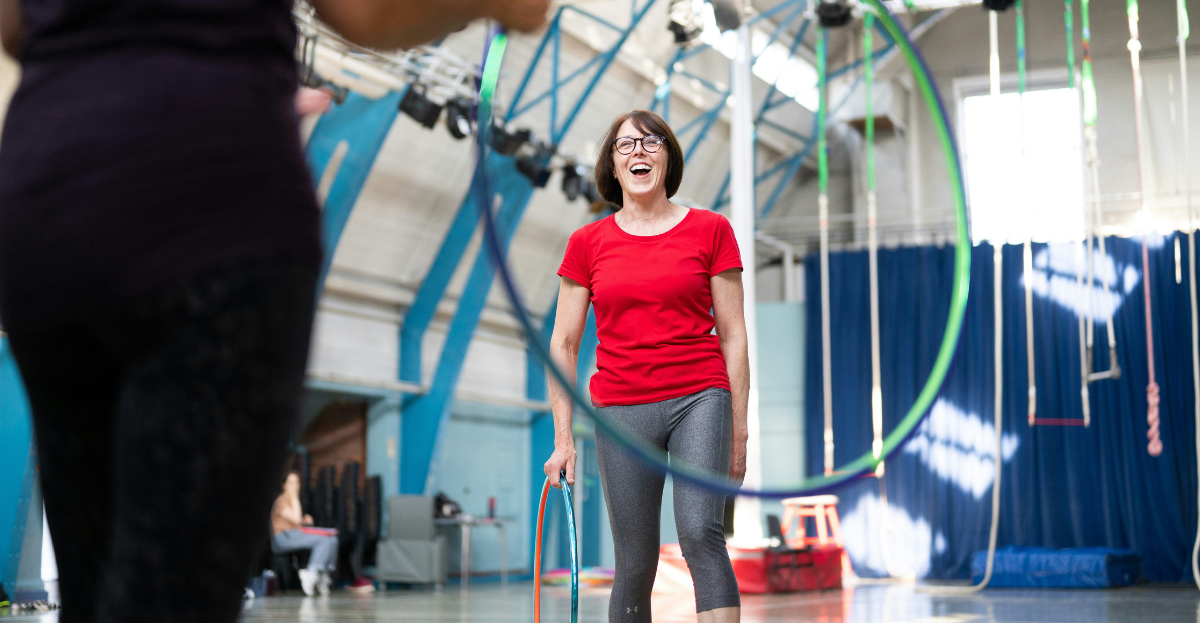Not all disabilities are visible. Hidden, or invisible, disabilities can affect a person’s energy, concentration, pain levels, and sensory processing - often without any outward sign. For many Australians, these conditions impact work, relationships, and independence every day. Understanding them is the first step towards true inclusion.
What is a hidden disability?
A hidden disability refers to a long-term condition that affects a person’s ability to perform daily activities but is not immediately apparent. It can be physical, neurological, sensory, cognitive, or related to mental health. These conditions may fluctuate—some days are manageable, while others can be extremely challenging.
“If someone doesn’t look disabled, it doesn’t mean they aren’t navigating barriers you can’t see.”
The term “invisible disability” encourages us to rethink assumptions about what disability looks like. Increasing awareness can help reduce stigma and ensure people receive understanding and support in both community and workplace settings.
- Symptoms are often variable and may worsen with fatigue or stress.
- Belief and understanding are essential to breaking stigma.
- Simple adjustments, such as flexible hours or quiet spaces, make a big difference.
How hidden disabilities affect daily life
Hidden disabilities can present in different ways depending on the condition and individual. Some people experience chronic pain, sensory overload, or difficulty concentrating. Others manage fluctuating energy levels or side effects from medication. The invisible nature of these challenges can sometimes lead to misunderstanding, frustration, or lack of accommodation.
People with hidden disabilities may face scepticism or disbelief when their condition is not outwardly visible. This can lead to isolation or hesitation to seek help. Promoting education and empathy across workplaces, schools, and community services helps ensure everyone feels safe to disclose their needs.
Creating a more inclusive environment
Inclusion begins with awareness. By recognising that disability can take many forms, we can design workplaces, homes, and communities that work for everyone. Whether it’s offering remote options, flexible scheduling, or access to quiet zones, these small changes have a powerful impact on equity and participation.
At Just Better Care, our local teams support people with a wide range of visible and hidden disabilities to live independently and confidently. We provide personalised care, practical support, and community connections—because everyone deserves the chance to thrive on their own terms.


.png?width=2400&height=1246&ext=.png)

